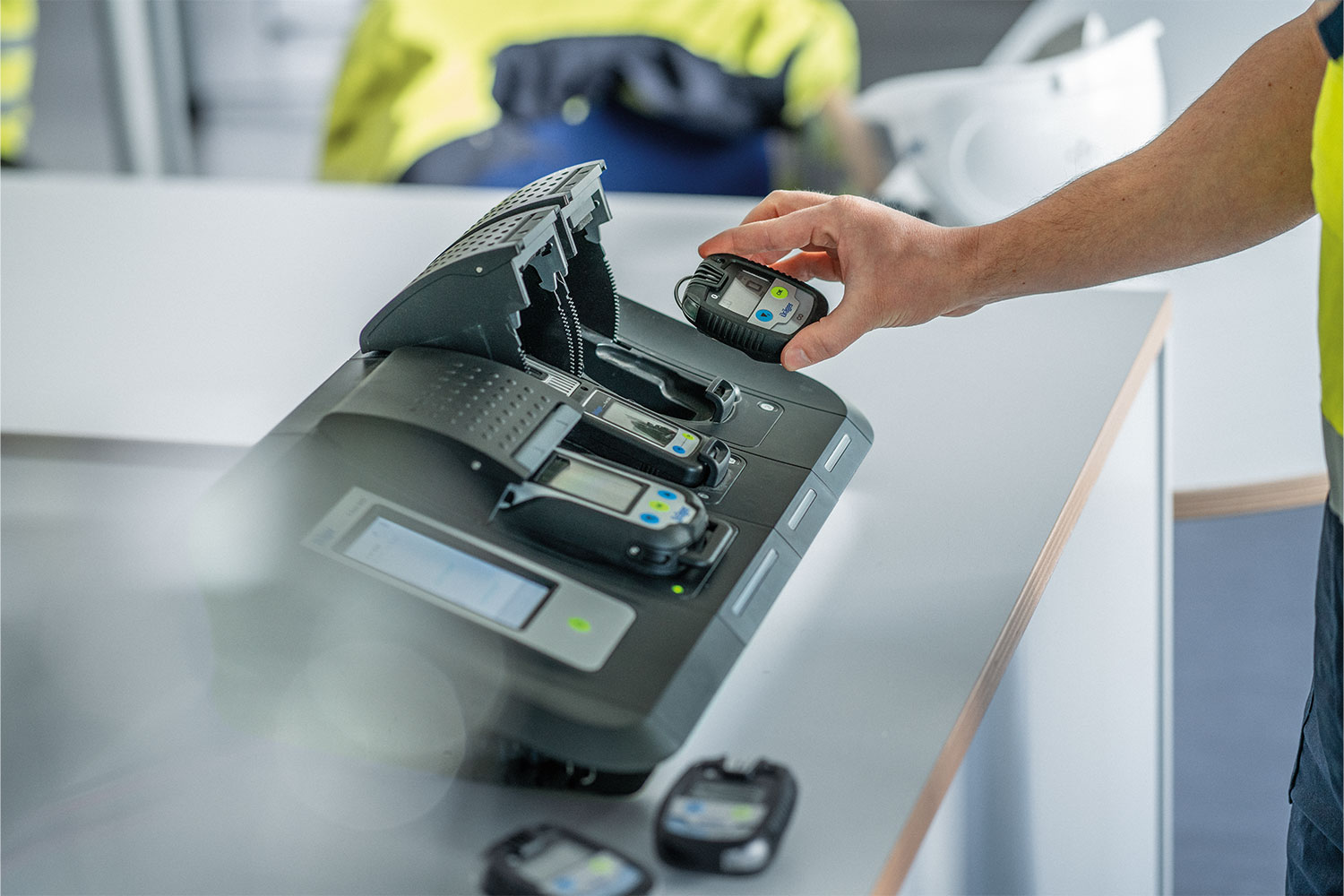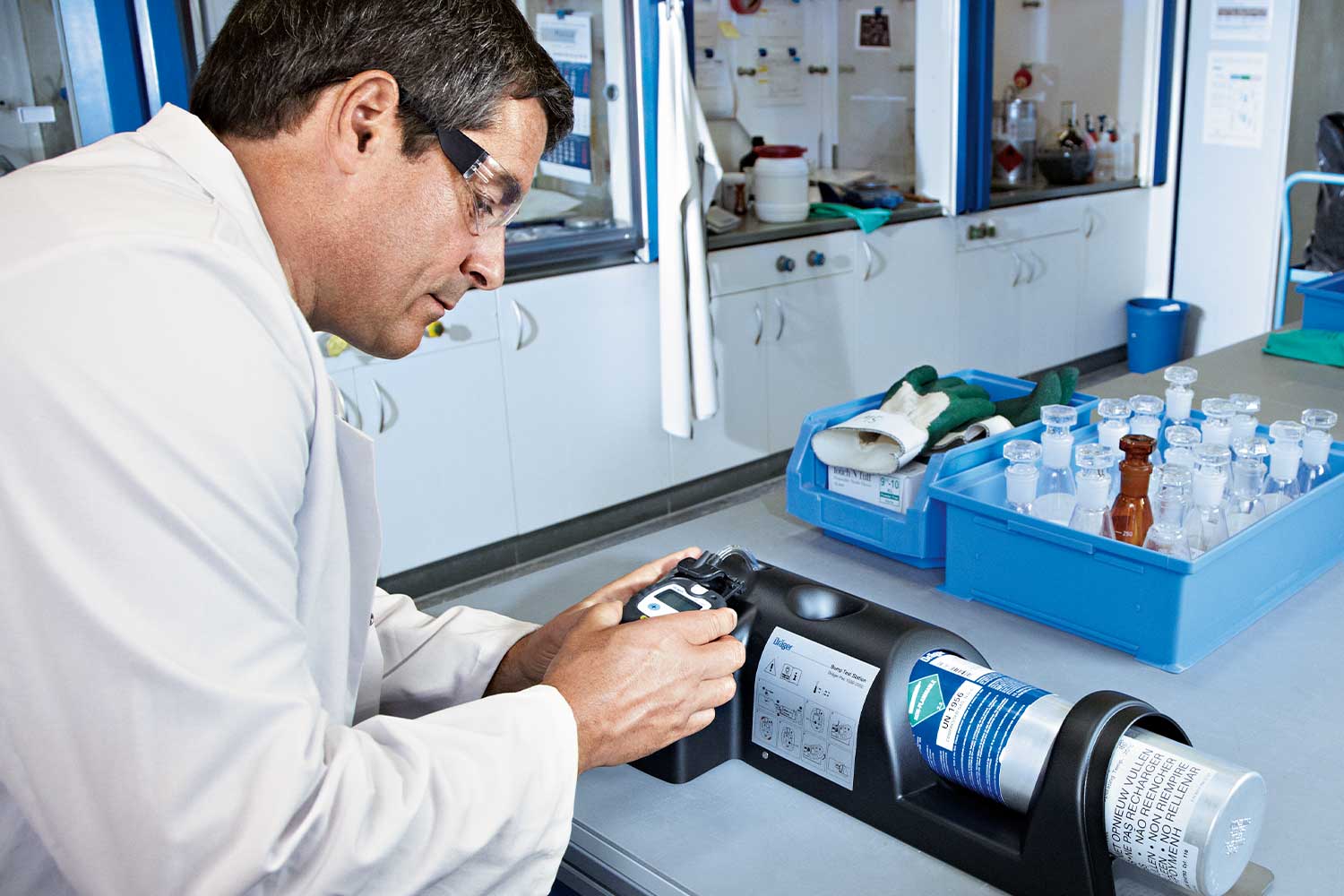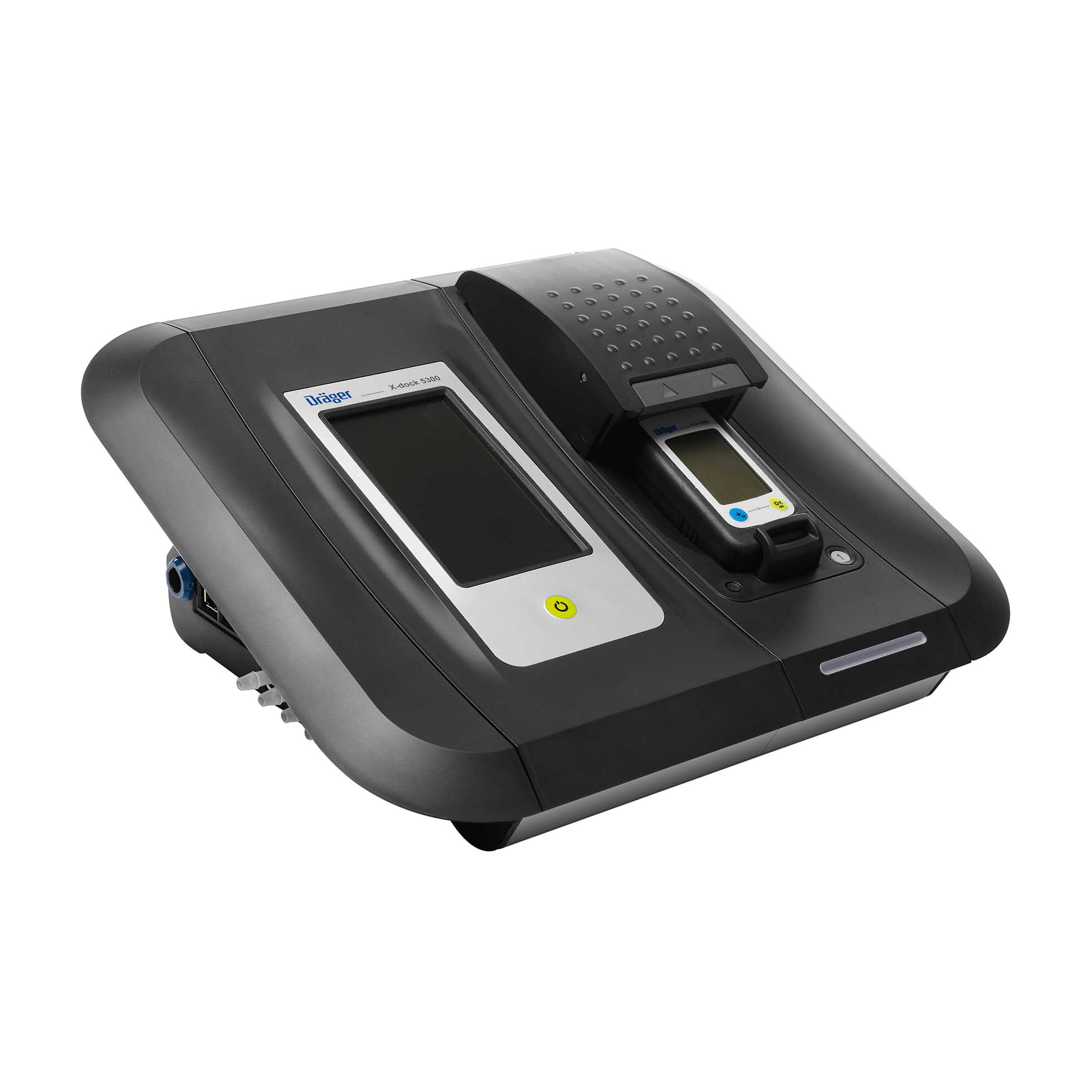Filter products
Bump calibration equipment for rent - the flexible solution
Renting bump test equipment is a cost-effective solution for temporary assignments, projects or additional testing tasks.
Dräger offers you a wide range of bump test kits, test stations, test gas cylinders and accessories for immediate use - reliably, economically and without capital expenditure.
Find out more
Bump tests and calibration maximize performance of your gas detectors
Regular bump test and calibration is essential for maintaining safety in environments where gas leaks could pose significant risks. It helps ensure that gas detectors are operational and capable of alerting users to potential dangers.
With Dräger Rental Connect you can obtain appropriate testing and calibration solutions for your specific needs - even at short notice. Choose from high-quality calibration gases, bump test stations, calibration stations and matching accessories, all for rent and optimally matched to the most common Dräger gas detectors.
Advantages of renting bump test and calibration equipment:
Availability: Ideal for temporary requirements, scheduled maintenance downtime, on-site device testing or seasonal peaks.
Budget efficiency: No capital investment in expensive testing equipment, you only pay for the time you need.
Complete service: All rental products are tested and ready for immediate use. On request, we can support you with selection, application and evaluation.
Reliability: Thanks to regular bump tests and calibrations, you can prevent equipment faults and increase safety in the workplace.
Flexibility: Whether a single measuring device or fleet management - our range has the right solution for every requirement.
Our experts will be happy to advise you on choosing the right bump test and calibration device.
















